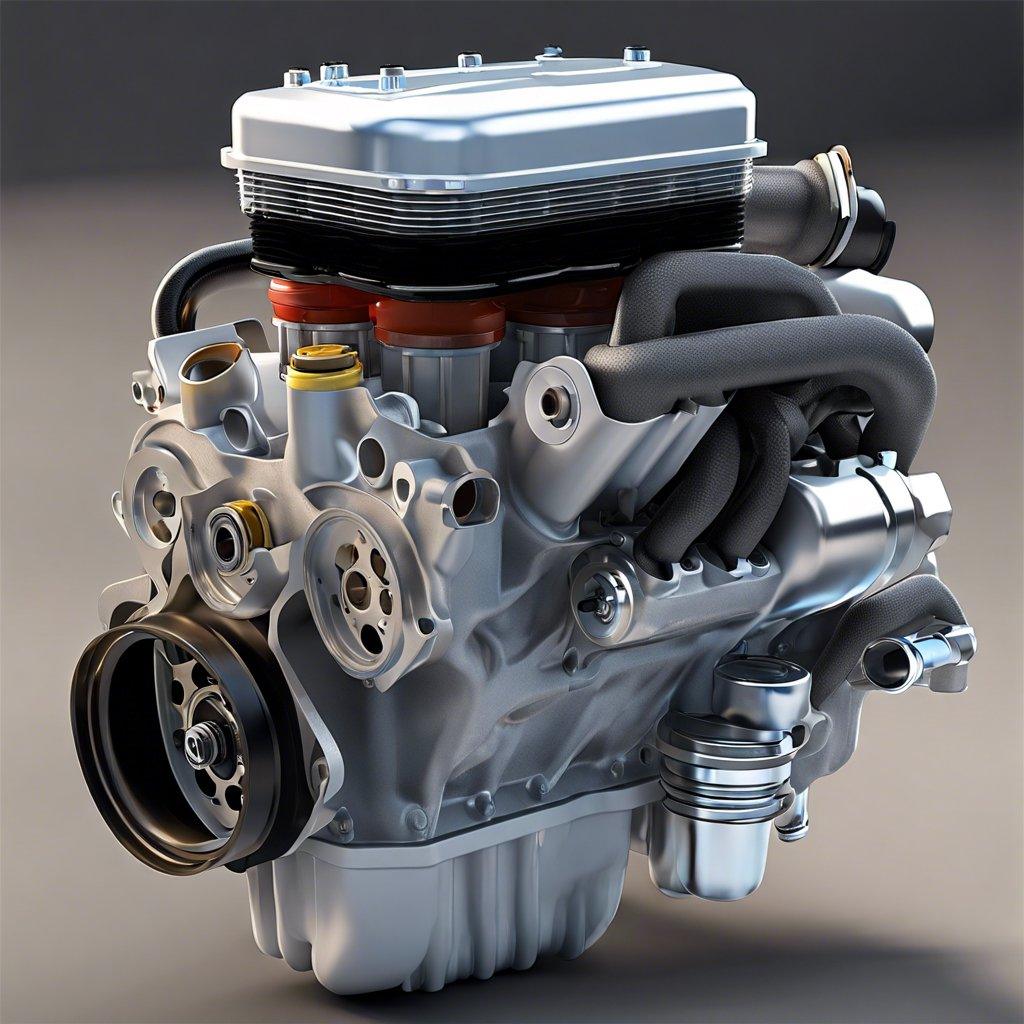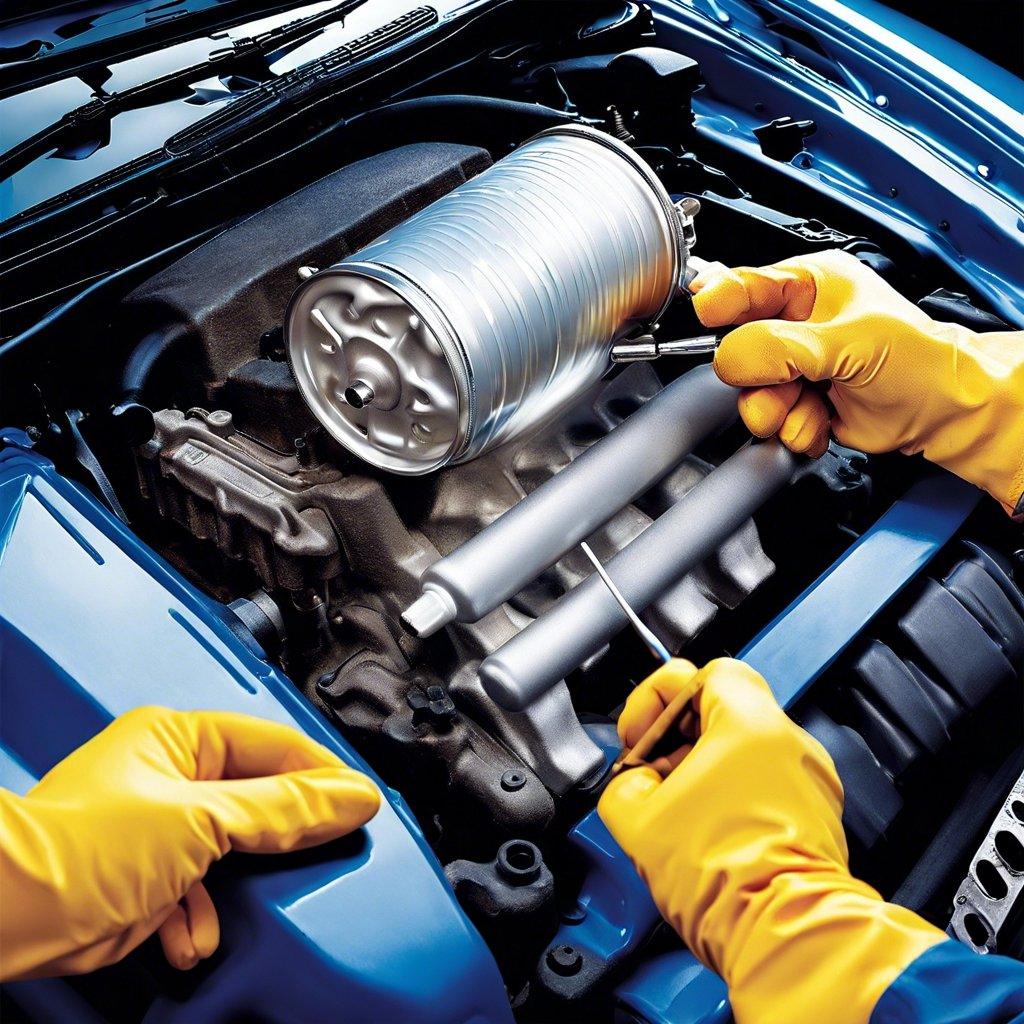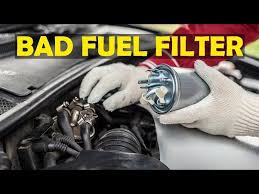How to Prime Your Engine After a Fuel Filter Change
Mastering the Art of Priming: Ensuring Smooth Engine Performance After a Fuel Filter Change

Understanding the Importance of Priming
Priming your engine after a fuel filter change is a critical step in maintaining the optimal performance and longevity of your vehicle’s engine. When a fuel filter is replaced, air can enter the fuel system, leading to a loss of prime and potentially causing issues such as difficulty starting, reduced power, and even engine stalling. Proper priming ensures that the fuel system is free of air bubbles and that the engine is ready to run smoothly.
Step-by-Step Guide to Priming Your Engine
- Locate the Fuel Priming Pump
The fuel priming pump is typically located near the fuel filter or the fuel pump. It may be a manual pump or an electric pump, depending on the vehicle’s design.
- Activate the Priming Pump
Turn the ignition key to the ‘ON’ position, but do not start the engine. If your vehicle has a manual priming pump, pump it several times until you feel firm resistance, indicating that the fuel system is pressurized. If it has an electric priming pump, it will typically run for a few seconds when the ignition is turned on.
- Check for Fuel Leaks
Inspect the fuel system, particularly around the fuel filter and priming pump, for any fuel leaks. Address any leaks before proceeding to the next step.
- Start the Engine
After priming the fuel system, turn the ignition key to start the engine. If the engine does not start on the first attempt, repeat the priming process and try again.
- Verify Proper Operation
Once the engine is running, observe its performance for any signs of air in the fuel system, such as rough idling, hesitation, or loss of power. If the engine is not running smoothly, repeat the priming process until the issue is resolved.
Troubleshooting Common Issues
If you encounter difficulties during the priming process, consider the following troubleshooting tips:
- Fuel system leaks: Check all fuel system connections for any signs of leakage and address them accordingly.
- Faulty priming pump: If the priming pump is not functioning correctly, it may need to be replaced.
- Air pockets in the fuel system: Repeat the priming process multiple times to ensure that all air bubbles are removed from the fuel system.
Maintaining a Properly Primed Engine
Regular maintenance and proper priming techniques are essential for ensuring the long-term performance and reliability of your vehicle’s engine. By following these best practices, you can help prevent costly repairs and enjoy a smooth, efficient driving experience.
| Key Takeaways |
|---|
| Priming the fuel system is crucial after a fuel filter change to remove air bubbles and ensure smooth engine operation. |
| Locate the fuel priming pump, activate it, and check for fuel leaks before starting the engine. |
| Troubleshoot any issues, such as fuel system leaks or a faulty priming pump, to maintain a properly primed engine. |
Rejuvenating Your Engine: A Comprehensive Guide to Fuel System Priming
Ensuring a Smooth Start: Priming Your Fuel System
Changing your vehicle’s fuel filter is an essential maintenance task, but it’s crucial to properly prime the fuel system afterward to ensure a seamless engine restart. This comprehensive guide will walk you through the steps to rejuvenate your engine and restore optimal performance after a fuel filter replacement.
Preparing for the Prime
Before you begin the priming process, ensure that you have the necessary tools and equipment on hand. This may include a clean, lint-free cloth, a fuel pressure gauge, and a fuel pump priming tool (if available).
Step-by-Step Priming Procedure
- Locate the Fuel Filter: Identify the location of the fuel filter in your vehicle, typically situated along the fuel line or near the fuel tank.
- Disconnect the Fuel Line: Carefully disconnect the fuel line from the fuel filter, taking care to avoid spills or leaks.
- Prime the Fuel Pump: Using the fuel pump priming tool or a suitable alternative, activate the fuel pump and allow it to run for several seconds to build up pressure in the system.
- Reconnect the Fuel Line: Once the fuel pump has run, reconnect the fuel line to the fuel filter, ensuring a secure connection.
- Bleed the Air: Start the engine and allow it to run for a few minutes, observing the fuel pressure gauge to ensure the system is fully primed and any air has been bled from the lines.
Troubleshooting Tips
| Issue | Possible Cause | Solution |
|---|---|---|
| Engine Fails to Start | Incomplete Priming | Repeat the priming process, ensuring the fuel pump runs for a longer duration. |
| Low Fuel Pressure | Air Pockets in the System | Bleed the fuel system thoroughly, and consider using a fuel pressure tester to identify and resolve any leaks. |
| Excessive Fuel Consumption | Improper Priming | Revisit the priming steps and ensure the fuel system is properly bled and free of air pockets. |
Maintaining a Healthy Fuel System
Regularly changing your fuel filter and properly priming the fuel system are essential steps to maintaining a healthy and efficient engine. By following these guidelines, you can ensure a smooth, reliable start and optimal engine performance, even after a fuel filter replacement.
Fuel Filter Replacement: Unlocking the Secrets to Seamless Engine Priming
Fuel Filter Replacement: The Importance of Proper Engine Priming
Replacing your vehicle’s fuel filter is a crucial maintenance task that helps ensure the smooth and efficient operation of your engine. However, the process doesn’t end there. Properly priming the engine after a fuel filter change is essential to avoid potential issues and ensure your vehicle’s performance remains optimal.
Understanding the Role of Fuel Priming
When you replace a fuel filter, you’re essentially disrupting the fuel system’s normal flow. Priming the engine after the filter change is necessary to reestablish the fuel pressure and ensure a smooth, uninterrupted supply of fuel to the engine. This process helps prevent issues such as rough idling, stalling, or even starting difficulties.
Step-by-Step Guide to Fuel Filter Replacement and Engine Priming
- Disconnect the negative battery cable to ensure safety during the procedure.
- Locate the fuel filter, which is typically situated along the fuel line, and replace it with a new, compatible filter.
- Once the new filter is in place, reconnect the negative battery cable.
- Turn the ignition key to the “on” position, but do not start the engine. This will activate the fuel pump and begin the priming process.
- Allow the fuel pump to run for approximately 30 seconds to 1 minute, ensuring the fuel system is fully pressurized.
- Start the engine and observe for any issues. If the engine starts and runs smoothly, the priming process is complete.
If the engine fails to start or experiences issues after priming, consider the following troubleshooting steps:
- Check for any fuel leaks or connections that may have been disrupted during the filter replacement.
- Inspect the fuel filter to ensure it was installed correctly and is not obstructed.
- Verify that the fuel pump is functioning properly by listening for its operation during the priming process.
- If the issues persist, consult your vehicle’s service manual or a qualified mechanic for further assistance.
Maintaining Engine Performance
| Fuel Filter Replacement Interval | Recommended Frequency |
|---|---|
| Light-Duty Vehicles | Every 30,000 to 50,000 miles |
| Heavy-Duty Vehicles | Every 20,000 to 30,000 miles |
By following the proper fuel filter replacement and engine priming procedures, you can ensure your vehicle’s engine continues to operate at peak performance and efficiency. Regular maintenance and attention to detail are the keys to a well-functioning fuel system and a reliable, long-lasting engine.
Powering Up Post-Filter Change: Strategies for Efficient Engine Priming
Importance of Priming the Engine
Changing the fuel filter is a routine maintenance task, but the process can introduce air into the fuel system. Priming the engine is a crucial step to ensure proper fuel flow and prevent potential damage or performance issues. This guide outlines the best practices for efficiently priming your engine after a fuel filter change.
Identifying the Fuel System Components
Before beginning the priming process, it’s essential to familiarize yourself with the key components of the fuel system. This includes the fuel tank, fuel lines, fuel pump, and the fuel filter itself. Understanding the layout and function of these components will help you navigate the priming procedure effectively.
1. Locate the Fuel System Priming Point: Consult your vehicle’s service manual to identify the designated priming point, which is typically a screw, valve, or pump located near the fuel filter or fuel pump.
2. Prepare the Fuel System: Ensure that the fuel tank is filled to the recommended level. If the tank is nearly empty, consider adding more fuel to facilitate the priming process.
3. Prime the Fuel System: Using the appropriate tool, slowly turn the priming screw or valve in the specified direction (usually clockwise) until you feel resistance or hear the fuel pump activate. This indicates that the fuel system is being pressurized.
4. Monitor the Fuel Flow: Observe the fuel flow through the transparent fuel lines or a designated fuel pressure gauge. Continue priming until you see a steady, uninterrupted flow of fuel, indicating that the system is fully primed.
5. Start the Engine: Once the fuel system is primed, attempt to start the engine. If the engine does not start on the first try, repeat the priming process until the engine fires up reliably.
If you encounter difficulties during the priming process, consider the following troubleshooting tips:
- Persistent Air Bubbles: If you continue to see air bubbles in the fuel lines, there may be a leak or other issue within the fuel system that requires further investigation.
- Fuel Pump Failure: If the fuel pump does not activate during the priming process, it may need to be replaced or repaired.
- Fuel Starvation: If the engine still struggles to start after multiple priming attempts, there may be a more significant issue, such as a clogged fuel line or a problem with the fuel tank.
Maintaining Optimal Fuel System Performance
| Maintenance Task | Recommended Frequency |
|---|---|
| Fuel Filter Replacement | Every 12-24 months or as specified by the manufacturer |
| Fuel System Cleaning | Every 12-24 months or as needed |
| Fuel Pump Inspection | During regular maintenance or if performance issues arise |
By following these best practices and maintaining your fuel system, you can ensure optimal engine performance and minimize the risk of fuel-related issues.




Post Comment